![By Dollfriend (here) [Public domain], via Wikimedia Commons](http://www.sexualhistorytour.com/wp-content/uploads/2016/04/Lovedolls.jpg)
By Dollfriend (here) [Public domain], via Wikimedia Commons
Vinyl and plastic have not been around for very long if you consider how long humans have populated the earth. Rubber has been around for a while but before the advent of vulcanization, it quickly became brittle and would gum up if heated. Around the 1840s, the process of vulcanization was developed paving the way for a more versatile and long lasting material. There is very little information to be found about early sex dolls made out of rubber. Iwan Bloch wrote about sex dolls in 1908, stating they were made out of rubber and other plastic materials, in both female and male form, and that some were made more true to life with the ability to simulate vaginal lubrication and even ejaculation.
Sarah Valverde’s thesis makes mention of an ad in a 1902 Paris circular that was translated by Henry Carey about a custom made doll. It suggests that they were capable of making something quite close to nature. I couldn’t find the source material for this but this is what is quoted in the thesis: “All moves, arms, legs, buttocks, head, eyes; a perfect likeness of the person whose photograph is sent…the complete apparatus, guaranteed against breakage, man or woman, 3000 francs”
I’d love to see how close this perfect likeness was. I’m thinking it may not be as life like as we see with modern love dolls.
Polyvinyl chloride was discovered in the 1870’s. Vinyl or PVC in its plasticized form is lightweight and flexible. It’s also cheaper than rubber, latex or silicone and allows the doll to be inflated. The blow-up doll was born. It’s hard to know how early vinyl blow-up dolls were created since the Comstock Law made it illegal to advertise or send via mail anything of a sexual nature. In 1968, the law had lost its last foothold and we start to see the first ads. Blow-up dolls can be made of welded vinyl or latex, which was invented in 1920. These dolls barely look human with simply shaped arms and legs that often don’t have fingers or toes. The head is often just a bulbous shape with a wide-open mouth lined for your pleasure, although not all of them have an open mouth. The doll will also have one or two other orifices for vaginal and/or anal penetration. The breasts will often have nipples painted on but very little else adorns the body. A head of hair can be painted on or can be just a crude wig. They usually don’t last long as they pop after repeated use. Ads in the 70’s and 80’s show dolls that can be ordered with different color hair and sometimes even different hairstyles to suit the customer’s tastes.
The porn star dolls have been around for a long time and often take a very active imagination to see any similarities. I couldn’t find any information on the very first porn star dolls although the Linda Lovelace doll that came out in the 70’s comes up. In fact, I can’t even find any information about who made the very first blow-up doll. Unfortunately, when you do a search for first blow-up doll or who invented the blow up doll you get a thousand hits for Hitler. Rumor has it that Hitler came up with the idea for an inflatable sex doll to keep soldiers from mixing with non-Aryan women. The Borghild project was also supposed to save Nazi soldiers from rampant cases of syphilis when visiting Parisian bordellos. A few photos that were purported to be evidence of these dolls turned out to be a hoax. Some say the soldiers were too embarrassed to be found with these dolls if captured by the enemy. The best part of this myth is that the prototype of this doll would be the inspiration for the Barbie Doll but Barbie was derived from the Bild Lilli doll fashioned to look like a popular comic strip character named Lilli.
A game changer for the sex doll would be artist Matt McMullen’s desire to make a mannequin that had more realistic curves. While he was developing these prototypes made of hard latex with an interior skeleton, many people asked if they would be anatomically correct. A light bulb went off in Matt’s head as he realized the idea of just making a more lifelike mannequin was not where he should be heading. People would actually pay for his fully anatomical dolls, thus the Read Doll was created. Latex turned to silicone and Matt’s decision to switch from using tin cured silicone to platinum cured was taken up by the entire industry. The first female RealDoll was introduced in 1996, the first male doll in 2008.
In the 20 years since the first RealDoll was created a whole culture of iDollators has become a worldwide phenomenon. All this is a far cry from the false advertisement of those first vinyl dolls. Blow-up dolls continue to be made and sold, most likely because RealDolls and other high quality realistic love dolls are very expensive and very heavy. Sex doll technology is always improving as companies strive for a more realistic and more interactive experience.

![By Dvortygirl (Own work) [CC BY-SA 3.0 (http://creativecommons.org/licenses/by-sa/3.0) or GFDL (http://www.gnu.org/copyleft/fdl.html)], via Wikimedia Commons](http://www.sexualhistorytour.com/wp-content/uploads/2016/05/Yarndoll11-e1462228166739.jpg)
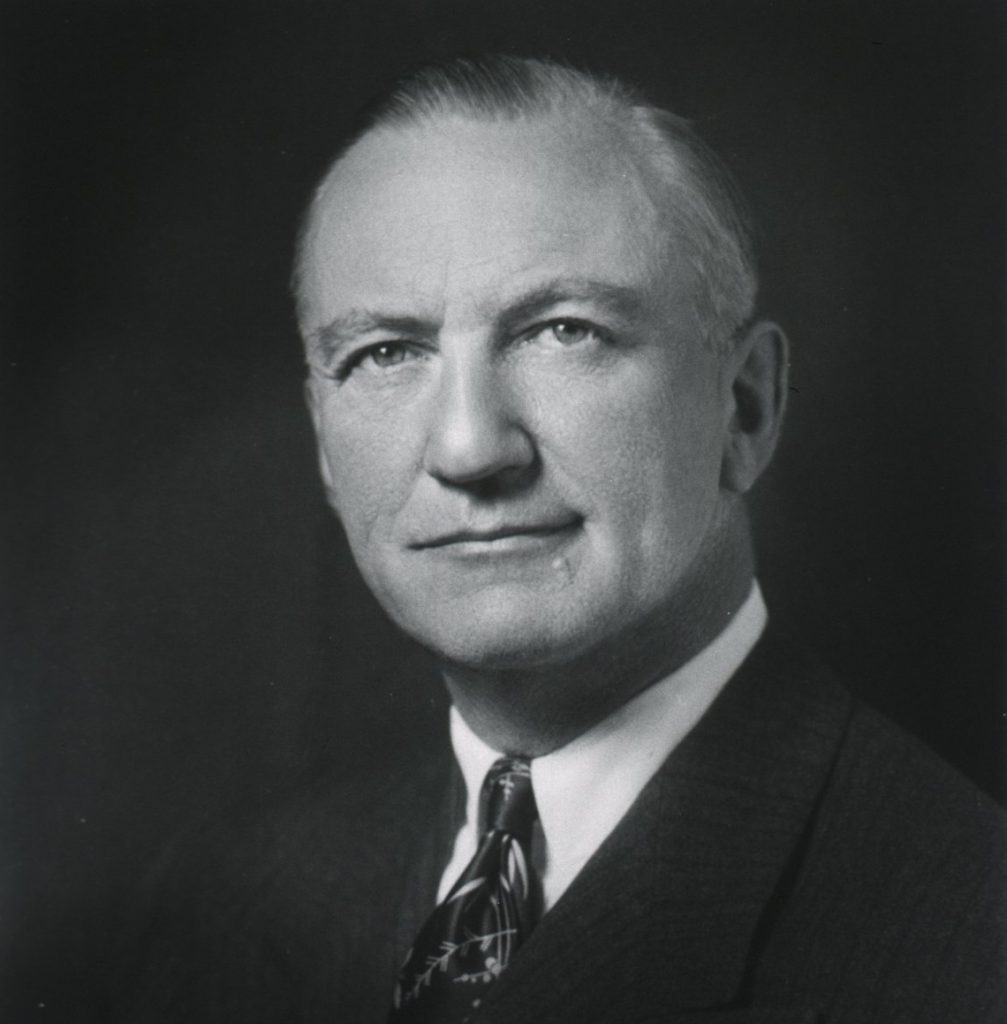
![By РадужныйФлагКопия2.png: *Rainbow_flag_breeze.jpg: Benson Kua from Toronto, Canada derivative work: Ligth Mehanist (talk) derivative work: Hotshot977 (РадужныйФлагКопия2.png) [CC BY-SA 2.0 (http://creativecommons.org/licenses/by-sa/2.0)], via Wikimedia Commons](http://www.sexualhistorytour.com/wp-content/uploads/2016/05/Prideflagbreeze-extracted-1024x591.png)
![James Gillray [Public domain], via Wikimedia Commons](http://www.sexualhistorytour.com/wp-content/uploads/2016/06/The_graces_in_a_high_wind_by_James_Gillray-1024x748.jpg)
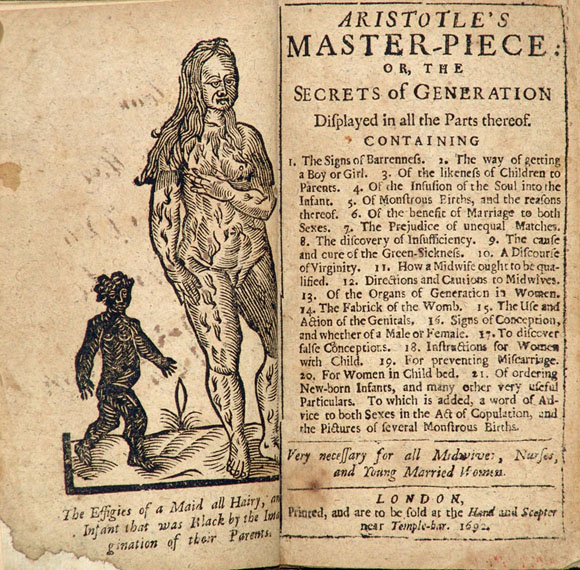
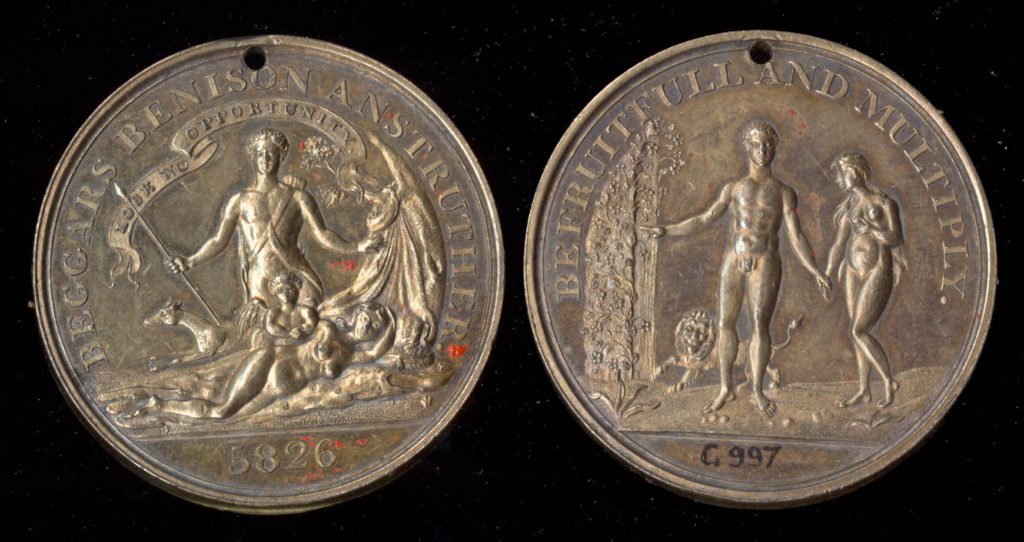
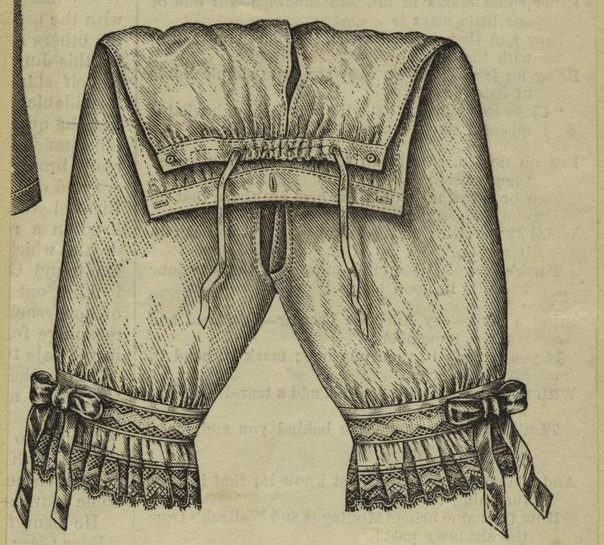
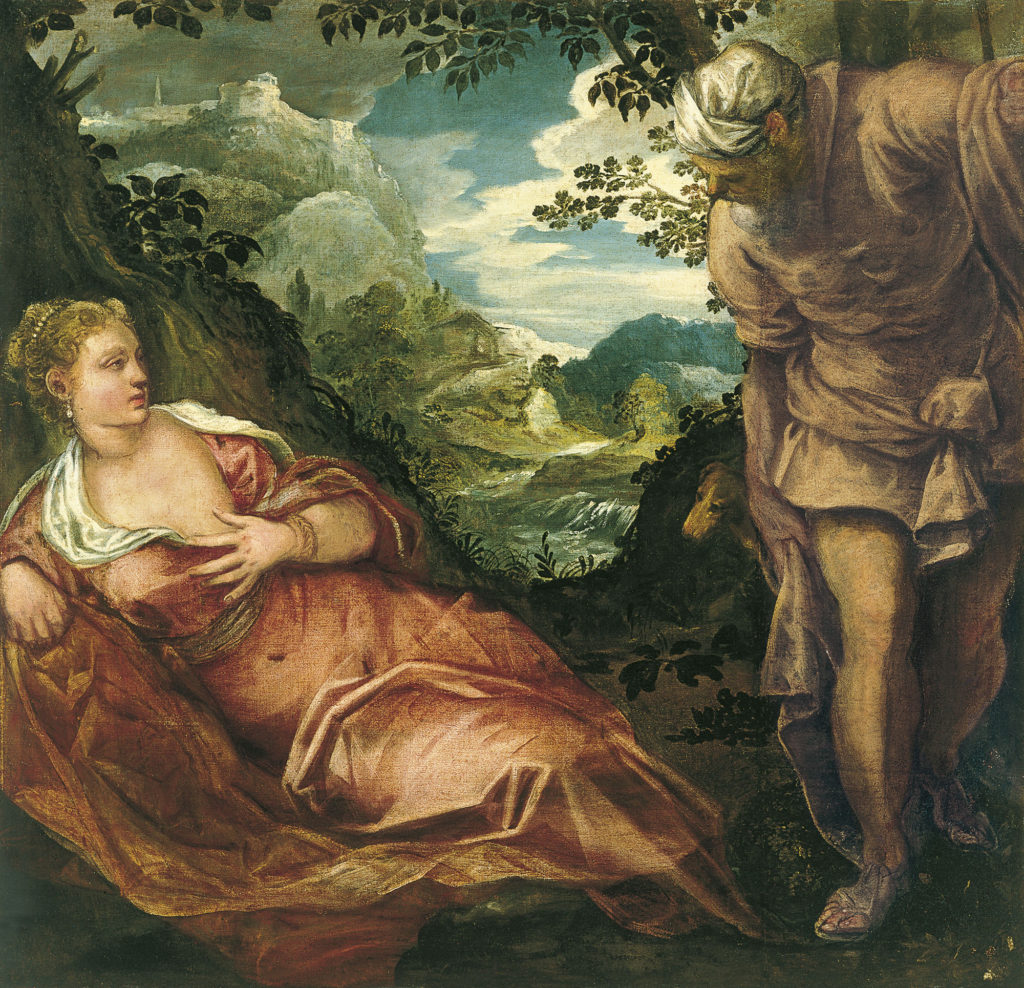
![V0047298 Various sex aids, including dildos, artificial vulva, penis Credit: Wellcome Library, London. Wellcome Images images@wellcome.ac.uk http://wellcomeimages.org Various sex aids, including dildos, artificial vulva, penis supports etc. Colour woodcut, ca. 1830. Published: [ca. 1830] Copyrighted work available under Creative Commons Attribution only licence CC BY 4.0 http://creativecommons.org/licenses/by/4.0/](http://www.sexualhistorytour.com/wp-content/uploads/2016/04/Various_sex_aids_including_dildos_artificial_vulva_penis_Wellcome_V0047298-1024x852.jpg)
